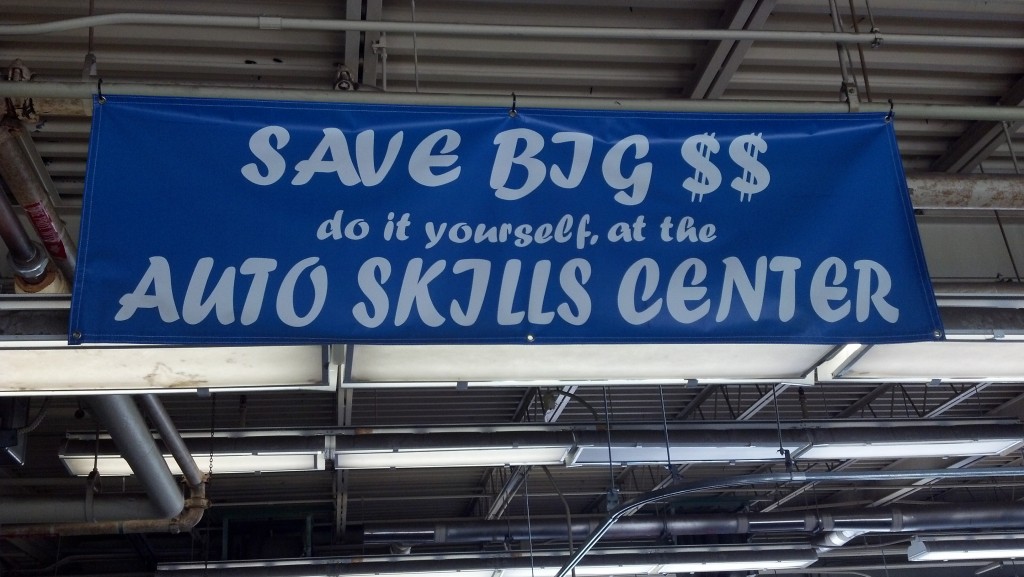
This weekend I accomplished a preventative maintenance goal for my 1999 M3. With the help of a fellow enthusiast and E36 M3 owner, I replaced most of my cooling system with new parts.
The cooling system on many modern BMWs is a known weak point. Most of the problems arise from using plastic where metal would be more durable. Here’s a very detailed video from BMP Design that highlights many of the specific weak points:
On my car and some others, preventative replacement of many parts is suggested at 60,000 miles. My 13 year old car is almost there at just under 57,000. Many vendors sell kits that include the components owners need for preventative replacement before failure. Here’s an example from ECS Tuning.
This was an involved procedure, a level above my usual DIY projects. I was fortunate to have help from a fellow owner who had done this procedure before, and who was former military. That gave us access to the Auto Skills Center at Fort Meade, where we had a lift and every conceivable tool for rent. Without that support, I’d still be working on the car.
Even so, this took us all day. We had a delay when we cracked the plastic pulley in front of the water pump, which is specifically mentioned in the video above. My friend’s wife went to a dealer and purchased a new one for us, as well as the narrow hose that runs along the of the radiator. These two part numbers are 115-117-30554 and 17-11-1-723-521 respectively, if you’re scoring at home.
I highly recommend picking them up, as well as a new fan blade and fan clutch. Get these four items in addition to the usual replacement parts included in the basic kit.
I did not replace the radiator, which some do for full confidence. My radiator looked fine, and had been replaced in mid-2004 as part of some minor front end damage. Note below that the date stamp on the radiator shows 2003.
Interestingly, this repair did not show up on my BMW VIN printout, even though it was performed at a dealership. Given my low miles and the fact the radiator is four years newer than the rest of the cooling system, I won’t worry about it until the car has around 90,000 miles.
Other than cracking the pulley when we loosened the water pump nut and losing time, we didn’t run into many issues. Everything will take longer than you think, so plan accordingly. One tip is to make sure you orient the screws on the hose clamps so that you can access them later without removing any parts. That’s something easy to overlook in the midst of the project, but will pay big dividends later. You want to be able to tighten the clamps without removing parts for access.
I’d also suggest shopping around for parts, and not making price your sole criterion. There are a lot of cheaply made parts out there in the market.
Click to enlarge any of the pictures below:

Here’s that additional hose to purchase — note how mine had started to leak around the original clamp

When done replacing parts you add coolant until the air bubbles stop coming out of bleed hole to right of funnel
We also refreshed my rear shocks with a new pair of Sachs, which are the same shocks the car came with when new. I’ll talk about that in a subsequent post.



